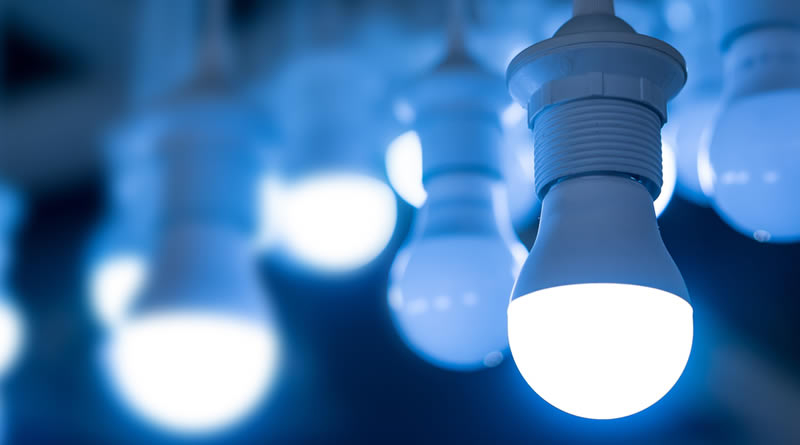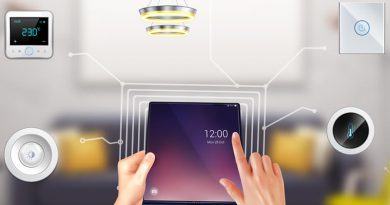Exploring Advances in Lighting Technologies
Lighting technologies have come a long way in recent years, with continuous advancements revolutionizing the way we illuminate our surroundings. These innovations have not only improved the efficiency and performance of lighting systems but also opened up new possibilities in terms of design, functionality, and sustainability. In this article, we explore the exciting developments in lighting technologies and their impact on various aspects of our lives. Join us on this illuminating journey as we delve into the world of cutting-edge lighting innovations.
Advancements in Lighting Technologies
- LED Lighting: Light Emitting Diode (LED) technology has emerged as a game-changer in the lighting industry. LED lights offer significant advantages over traditional incandescent and fluorescent lights, including energy efficiency, long lifespan, and enhanced durability. Moreover, LED lighting allows for precise control of color temperature and brightness, providing versatility and customization options for different applications. The widespread adoption of LED lighting has led to substantial energy savings and reduced environmental impact.
- Smart Lighting: The integration of lighting systems with smart technology has given rise to the concept of smart lighting. Smart lighting solutions leverage Internet of Things (IoT) connectivity to enable advanced features such as remote control, automation, and energy management. With the use of sensors, smart lighting systems can adapt to environmental conditions, occupancy patterns, and user preferences. These intelligent systems enhance convenience, promote energy efficiency, and contribute to the creation of smart homes and buildings.
- Human-Centric Lighting: Human-Centric Lighting (HCL) focuses on designing lighting systems that mimic natural daylight and its effects on human well-being. By considering factors such as color temperature, intensity, and spectral composition, HCL aims to enhance mood, productivity, and overall health. HCL systems can dynamically adjust lighting throughout the day, aligning with our circadian rhythms and promoting better sleep patterns. The application of HCL in various settings, including offices, schools, and healthcare facilities, has shown promising results in improving occupant comfort and performance.
- OLED Lighting: Organic Light Emitting Diode (OLED) technology is an emerging lighting solution that offers unique design possibilities. Unlike traditional LEDs, OLEDs emit light from thin layers of organic materials, resulting in ultra-thin and flexible lighting panels. OLED lighting provides uniform illumination with high color accuracy, making it suitable for applications such as architectural lighting, automotive lighting, and displays. The flexibility and aesthetics of OLEDs have opened up new avenues for innovative lighting designs and installations.
- Li-Fi: Light Fidelity (Li-Fi) is an exciting development that utilizes light signals to transmit data wirelessly. By modulating light intensity at high speeds, Li-Fi technology enables data transfer between devices using visible light. Li-Fi has the potential to offer faster and more secure wireless communication, especially in environments where traditional Wi-Fi signals may face limitations. Lighting fixtures equipped with Li-Fi capabilities can serve dual purposes of providing illumination and wireless connectivity.
- Energy Efficiency and Sustainability: Advancements in lighting technologies have contributed significantly to energy efficiency and sustainability. LED lighting, for instance, consumes significantly less energy than conventional lighting sources, leading to reduced electricity costs and lower carbon emissions. The longer lifespan of LED lights also translates into fewer replacements and less waste. Additionally, the integration of smart lighting systems and controls allows for optimized energy usage through automated dimming, occupancy-based controls, and daylight harvesting techniques.
Embracing the Future of Lighting
The rapid advancements in lighting technologies are transforming the way we perceive and interact with light. From energy-efficient LEDs to smart lighting systems and innovative applications, these developments offer a glimpse into the future of illumination. As we embrace these advancements, we have the opportunity to create environments that are not only visually appealing but also enhance our well-being, productivity, and sustainability. Let us look forward to a future where lighting technologies continue to evolve, illuminating our lives in remarkable ways.
Keep shining bright!




